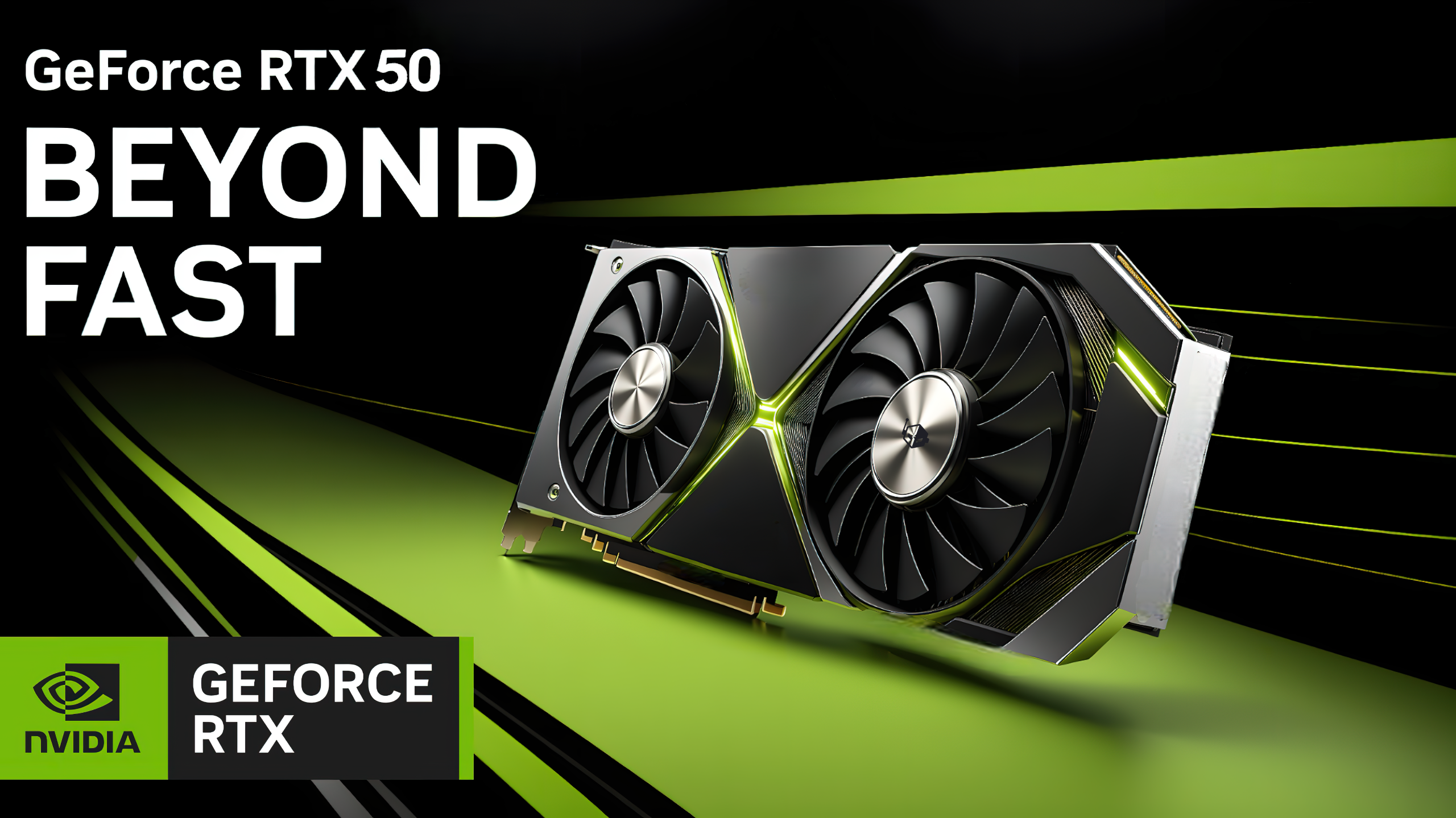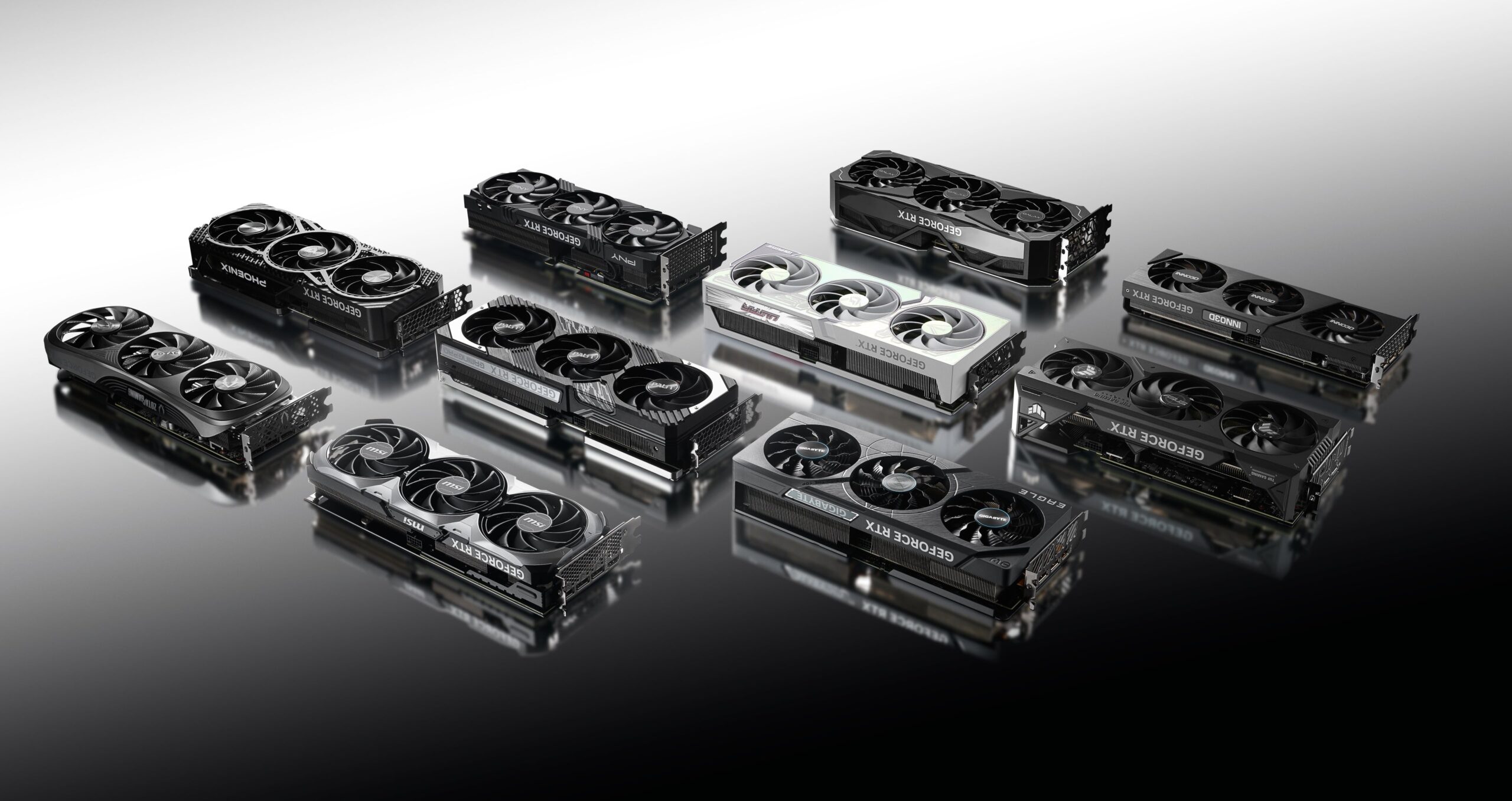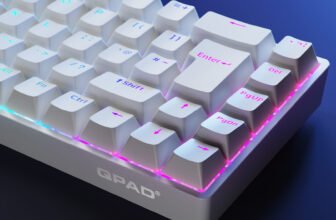NVIDIA is gearing up to unveil its next-generation GeForce RTX 5080 graphics card, introducing groundbreaking advancements with the implementation of GDDR7 memory technology. The new GPU, based on NVIDIA’s “Blackwell” architecture, is expected to deliver significant performance improvements over its predecessor, the RTX 4080, and solidify its position within the high-performance gaming market.
The RTX 5080 will feature 16 GB of GDDR7 memory, clocked at an impressive 30 Gbps. Paired with a 256-bit memory bus, this configuration is projected to achieve a bandwidth of approximately 960 GB/s. This marks a notable 34% increase compared to the RTX 4080, which operates at 716.8 GB/s. Such a boost highlights NVIDIA’s ongoing efforts to improve data throughput and address the increasing demands of modern games and workloads.
Interestingly, the RTX 5080 is expected to stand out as the only graphics card in the RTX 50 series lineup equipped with 30 Gbps memory modules. Other models in the series are likely to feature slightly slower GDDR7 variants, operating at 28 Gbps. This differentiation suggests NVIDIA’s strategic positioning to maintain clear performance tiers within its product stack. The RTX 5080’s specifications also indicate a significant CUDA core gap between it and the flagship RTX 5090, further emphasizing the segmentation within the Blackwell GPU family.
RTX 5090: Pushing Bandwidth to New Heights
At the top of the RTX 50 series lineup, the flagship RTX 5090 is expected to take performance to unprecedented levels. NVIDIA is rumored to implement a wider 512-bit memory bus for the RTX 5090, allowing it to achieve bandwidth exceeding 1.7 TB/s. This figure nearly doubles the RTX 5080’s bandwidth, demonstrating NVIDIA’s commitment to offering maximum performance for enthusiasts and professionals who demand the highest levels of graphical power.
While the RTX 5080 delivers a substantial performance leap, its 960 GB/s bandwidth still falls approximately 5% short of the current RTX 4090. The RTX 4090 benefits from a physically wider 384-bit memory bus, which gives it an edge in raw bandwidth despite its use of slower GDDR6X memory modules. However, NVIDIA’s decision to reserve a 16 GB+ memory configuration for the RTX 5090 aligns with the company’s strategy to prioritize its flagship model for cutting-edge features and capabilities.
GDDR7 and Future-Proofing the RTX 50 Series
The adoption of GDDR7 memory technology represents a key milestone for the RTX 50 series. GDDR7 offers higher data rates, improved efficiency, and greater performance scalability compared to GDDR6X. This upgrade enables NVIDIA to deliver faster memory access and reduce latency, which are critical factors for achieving higher frame rates and better overall performance in demanding gaming and computational workloads.
Despite its advancements, the RTX 5080’s use of a 256-bit bus may appear conservative when compared to the RTX 4090’s 384-bit interface. However, the higher memory clock speeds and improved efficiency of GDDR7 allow NVIDIA to achieve competitive bandwidth levels while maintaining a more streamlined design. As larger-capacity GDDR7 modules become available, NVIDIA may further expand the memory configurations for future iterations of the Blackwell architecture.
Market Positioning and Product Differentiation
The performance and design differences between the RTX 5080 and RTX 5090 underscore NVIDIA’s approach to product segmentation within the RTX 50 series. By offering varying levels of performance and memory configurations, NVIDIA aims to cater to a wide range of users, from high-end gamers to professional content creators.
The RTX 5080’s expected specifications position it as a formidable upgrade over the RTX 4080, delivering significant improvements in bandwidth and efficiency. At the same time, the RTX 5090’s wider bus and higher bandwidth ensure that it remains the flagship offering, setting a new benchmark for performance.
Awaiting the Official Launch
While the specifications and features of the RTX 5080 and RTX 5090 continue to generate anticipation, the final details will be revealed at NVIDIA’s official launch event. The introduction of the Blackwell architecture and GDDR7 memory marks a pivotal moment for NVIDIA’s GPU lineup, promising significant advancements in gaming and computing performance.
The RTX 5080’s combination of 16 GB of GDDR7 memory, a 30 Gbps data rate, and a 256-bit memory bus positions it as a highly capable next-generation GPU. However, its performance relative to the RTX 5090 and RTX 4090 highlights NVIDIA’s efforts to maintain a clear product hierarchy. As the launch approaches, more details about pricing, availability, and real-world performance will help determine the full impact of NVIDIA’s Blackwell gaming GPUs on the market.
Sources: Benchlife, via VideoCardz









